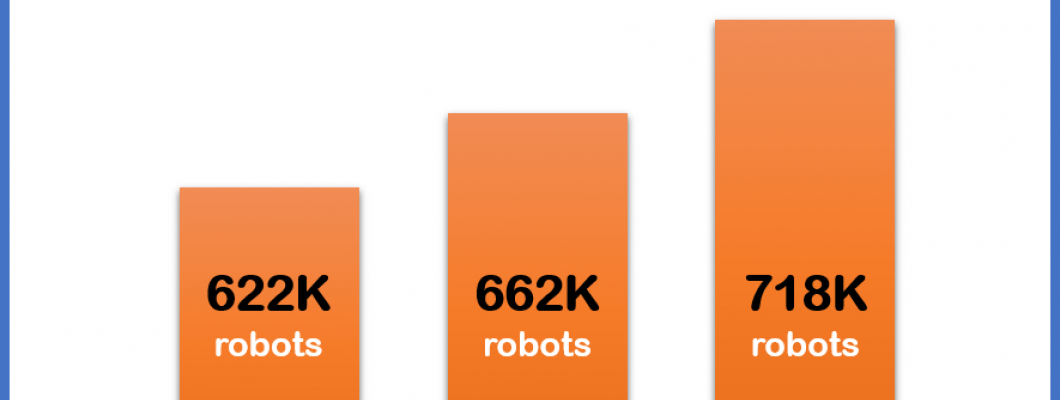20 Feb


Robots are expected to play a significant role in shaping the future across various domains. Here are some key areas where robots are anticipated to have a profound impact for the sales in the next years:
- Automation and Industry 4.0: In manufacturing and industry, robots will continue to automate repetitive tasks, improve efficiency, and enhance productivity. Collaborative robots (cobots) will work alongside humans, leading to safer and more flexible production processes.
- Healthcare and Medicine: Robots will revolutionize healthcare by assisting with surgeries, providing telemedicine services, and aiding in rehabilitation. Robotic exoskeletons can help individuals with mobility impairments regain movement, while robotic companions can provide support and assistance to the elderly and people with disabilities.
- Autonomous Vehicles and Transportation: Self-driving cars, trucks, and drones will transform transportation systems, offering safer, more efficient, and environmentally friendly alternatives to traditional vehicles. Autonomous delivery robots will also become more common for last-mile logistics.
- Space Exploration: Robots will continue to play a crucial role in space exploration, conducting missions to distant planets, moons, and asteroids. Robotic rovers will gather data, construct habitats, and prepare for human colonization of other celestial bodies.
- Artificial Intelligence and Robotics Integration: Advances in artificial intelligence (AI) will enable robots to become more intelligent, adaptive, and capable of learning from their environments. This integration of AI and robotics will lead to the development of more autonomous and versatile robots across various applications.
- Home and Personal Assistance: Domestic robots will assist with household chores, caregiving tasks, and personal assistance. These robots will become more sophisticated, capable of recognizing and responding to human emotions, preferences, and needs.
- Education and Research: Robots will be used in educational settings to teach programming, engineering, and other STEM subjects. They will also serve as research platforms for exploring human-robot interaction, cognitive development, and artificial intelligence.
- Environmental Monitoring and Conservation: Robots equipped with sensors and cameras will monitor environmental conditions, survey wildlife, and assist in conservation efforts. Autonomous drones and underwater robots will help researchers study ecosystems and protect biodiversity.
- Security and Defense: Military robots will continue to evolve, providing reconnaissance, surveillance, and support in hazardous environments. Unmanned aerial vehicles (UAVs), unmanned ground vehicles (UGVs), and autonomous weapons systems will enhance military capabilities while reducing risks to human personnel.
- Entertainment and Leisure: Robots will entertain and engage people in various settings, including theme parks, museums, and entertainment venues. Social robots will interact with audiences, tell stories, and perform tasks to enhance the overall experience.
